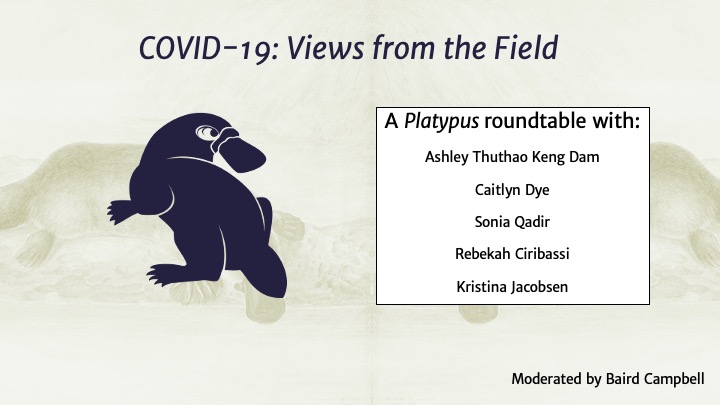
Managing Refugee Mobilities: Global Flows of Migration Deterrence Technologies
In 2000, a United Nations Resolution designated June 20th World Refugee Day. In the week leading up to this day, countries throughout the world pay homage to the ideals of the refugee rights movement through public festivals celebrating their migrant communities’ cultures, social media campaigns on refugee resilience, and declarations of their commitment to protect those seeking asylum. Historically, nation-states have employed such public messages to emphasize their identities as benevolent, humanitarian actors. However, what these proclamations elide is not only the violent ways that individual nations reject asylum seekers, but the collective ways that countries work together to inhibit their mobilities. Both the technologies of detection and deterrence as well as anti-refugee rhetoric, while based on insular ideas of nationhood and ‘who belongs,’ are also increasingly dependent on collaborations and partnerships with other nation-states. In attempts to control refugee movement, multiple nation states are both entangled and willingly involved in a global effort to contain, reroute, and eventually immobilize asylum seekers from the global South seeking protection in liberal democratic states. While there has always been an international refugee regime since the inception of the 1951 UN Refugee Convention, it is worth paying attention to the new ways in which nation states are learning from and relying upon each other to govern where refugees can and cannot go. (read more...)







